Winemaker Matt Patterson-Green pours the red wine for me, then sits down to discuss it – revealing all: the advantage of ageing under screwcaps, a long cold soak, not having a cap management protocol, taking your time, and putting crushed glass in the vineyard…
The wine is the 2014 Gum Emperor Single Vineyard Pinot Noir from New Zealand’s Jackson Estate, first planted with vines in 1987. Matt has been working there for 22 years.
Gum Emperor is the name of the vineyard on the Waihopai Valley Road, Marlborough, where clones UCD5, 777 and 115 grow in soil that is 30cm of silt loam over a heavy Waihopai clay/gravel pan.
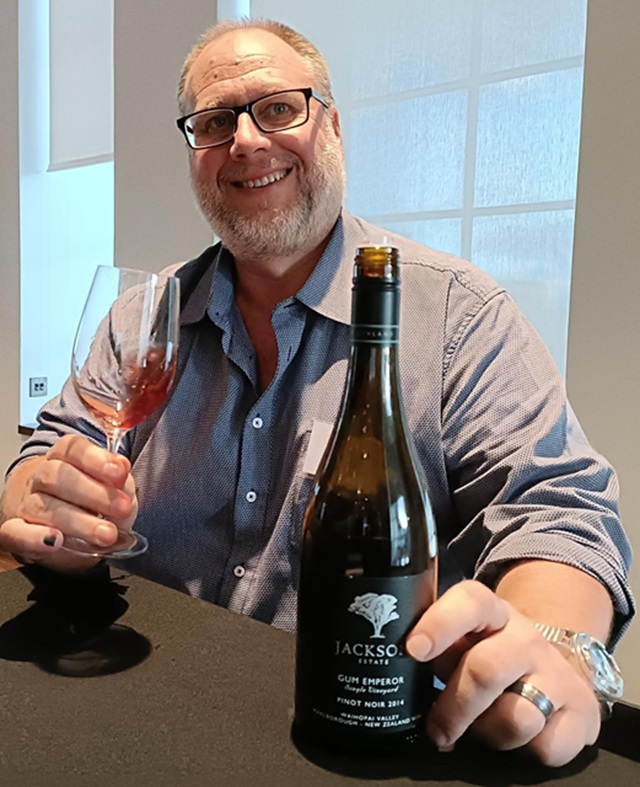
Canopy: Why did you bring along the 2014 Gum Emperor to discuss?
Matt Patterson-Green: “Probably because it’s the oldest wine in our portfolio. Also, I guess, it reminds us what Jackson Estate is about.
“There is a public perception New Zealand wines generally should be drunk relatively quickly after the year of production. But that’s not something that we’ve always done. We’ve always made wines that we’ve bottle-aged prior to releasing them. And when we release them, we release them because they’re looking good, not because it’s a commercial time to release them. And the 2014 (released last year) is looking great.
“I also thought this would be a good opportunity to show something different. Our reputation is more for Sauvignon Blanc than Pinot or Chardonnay. But, in fact, Pinot and Chardonnay are our crown jewels. We built a winery (in 2017) specifically for Pinot. There’ s a very small bit of Chardonnay but it’s more or less entirely for Pinot. We’ve hung our hats on being a really smart Pinot producer from New Zealand and we have some of the best vineyards in the Wairau region for Pinot. I think we’re made for Pinot.”
Ten years’ ageing before release is a long time, a big investment.
Matt: “Yeah, we’re very lucky that we have an understanding owner that wants us to put wines out when they’re looking their best.”
How do you judge that?
Matt: “I taste it every six months once it’s in bottle and I can start to see the progression. That’s one of the things about New Zealand wines, and Jackson Estate especially, we’ve been a huge supporter of screwcaps. We were part of the screwcap initiative that started in New Zealand way back in the day. One of the things I’ve noticed about our wines as they evolve under screwcaps is it’s a very linear progression. You don’t see the humps and hollows that we used to see with cork. You just see a gradual and very consistent improvement and increase in quality.
“And it doesn’t tend to just suddenly drop away, which it may do under other closures. What it tends to do is it gets up and up and then there’s just suddenly a plateau. And it plateaus and holds there for a period of time. So, just because of experience, I know when it’s starting to all come together because under screwcap, it’s very clear which parts of the palate, which parts – aromatics, texture, elegance, length – are still disjointed and not quite right. There’ll be a certain point where you’ll just suddenly go, ‘Well, that’s really harmonious, it’s time to go’. And that’s usually the best time, and it’ll hold like that for quite an extended period. We’ve got wines going back to the late 90s under screwcap that are still drinking superbly. They’re on the decline but they’re still fantastic wines – they haven’t just suddenly tanked and gone all blown out and flabby.”
How long has this been in bottle?
Matt: “Eight years - after two years in barrel.”
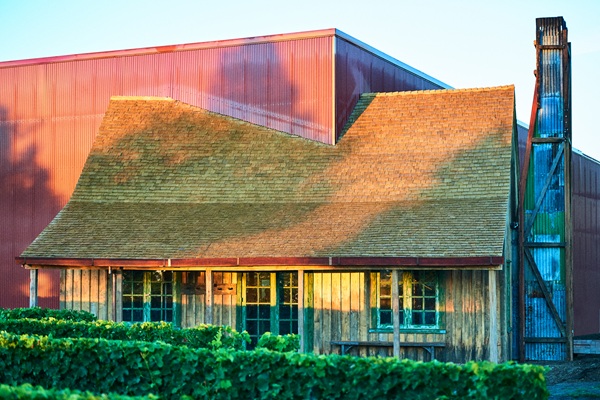
Tell me about the winemaking.
Matt: “The fruit is handpicked in the early morning, in the cold, and brought to the winery. We destem it, trying to keep as many whole berries as we possibly can – achieving around 90% whole berries, which is quite good, and then straight into small open-top fermenters, where it’s held at about 10°C for five to ten days just doing a cold soak. It allows it to soak up and get you a stable analysis, so you know what you’re dealing with.
“Sometimes during that soak-up period, you find it can move a full Brix and half a gram of acid.
“The native yeasts haven’t cooked off yet; it’s really just finding its equilibrium in tank. You’ve got a little bit of exposed juice, picking up a little bit of an environmental factor off the skins, a little bit of tannin starting to be released, a little bit of acid becoming free. And then in those five to 10 days of just tasting cold juices, it starts to get almost a lactic character that tells you the yeast wants to go. You can smell it, you can taste it, so we warm the tank up and the wild yeast kicks off.
“Peak ferment is around 33°C and lasts about four days. The Brix usually drop in two big bounces and then a couple of small hits. So, it’ll say go from 23-24 Brix down to say 14 in 24 hours. And then it will do a second big hit from say 14 down to about three or four. And then the next two days it’ll go from say three or four to dry.”
You’re not looking for a nice steady decrease?
Matt: “No, I’m not worried about that. Not with wild ferments; not with Pinot.
“It’s all hand-plunged. But not according to a recipe. It’s hand-plunged according to what I see in the cap. So, I’ll go around the tanks. If the cap looks healthy, smells healthy, looks glossy, looks wet, we won’t plunge. If it’s looking slightly dry, a little bit crusty, it’s time to plunge.
“There’s no regime. We don’t do it three or four times a day. Some days we might do it once a day. Sometimes we might do it three times a day. But it’s not to a plan. It’s not rigorous.
“Up to six weeks on skins. But generally less than that. So, the average is around four weeks because the Gum Emperor comes from a vineyard that has got a 10m clay pan with about 30cm of alluvial gravel over the top. The characters that come from that vineyard are already big and bold. They’re already earthy and spicy, cedar, cigar, smoky, big tannin, big extraction. It’s one of the reasons I don’t do any whole bunch in it because I’ve already got big tannins from the skin and I don’t want to do extended extraction of tannins from time on the skins post-primary fermentation.
“After four, four and a half weeks, it is drained and pressed out.
“It goes into 100% French oak – about 25% new oak and the only thing we do then is keep the barrels topped up. We don’t do anything to it until late springtime (November), when it will warm up and natural malo will kick off.
“Then we’ll come back after our Christmas break, take all the barrels out of the barrel hall, go through and taste them – seeing what’s going to make the cut, what’s not. Whatever makes the cut is entered into a tank, blended in tank and then put back to barrel for a further 12 months. So, 12 months in barrel and then we take it out of barrel, put it into tank, set the tank to about 5°C to drop any sediments that might have formed and then rack it off into another tank and warm it up to bottling temperatures, do the sulphur analysis to see if it needs to be adjusted, then bottle it unfined and unfiltered.”
You sulphur it before bottling. Any other time?
Matt: “When we first take it out of barrel and blend it, I’ll sulphur the blend at that point, then back to barrel for 12 months, but I won’t need any further sulphur.
“Often, when we take it out of barrel the second time to prep it for bottling, we won’t actually need to add sulphur.”
What sort of total are you aiming for?
Matt: “So, generally we aim for 0.5 molecular. Let’s say you’ve got a pH of 3.65 to 3.75 and a TA of somewhere in the region of 5.5, 5.6. That’s usually around 38mg/L free and a total of maybe 60.”
During the cold soak, how do you protect the must?
Matt: “CO2 pellets – which are slow release. You just throw a bucket of those over the top and put a PVC mesh cover over it.”
What’s the advantage of manual punchdowns?
Matt: “I like to feel the cap when I’m pushing it down. I like to feel the weight of it, how fast it’s going down, to see the pink foam coming out when it’s fermenting vigorously, the size of the bubbles, the character, how fast it’s ejecting. You put your hand in that cap and you can feel it. Is there squeakiness to the skins? Are they feeling slippery too, like they’ve just come out of a dishwasher or are they feeling slightly slimy? Is there a slight lactic acid thing going on because it’s struggling slightly? Is the cap glossy? Does it have parts of it that are darker than other parts?
“It’s carefully assessing. There were moments where we’d go around and just by plopping the plunger on the top of it you can just see how far it sinks in, and you’ll know it’s looking a little bit dried on the top but underneath it’s sinking straight through, which means the under-cap is actually very moist. So, let’s just pat it, not push it the whole way through and submerge it, because the under-cap is actually healthy.”
Anything else on the winemaking?
Matt: “We hold the bottles in climate-controlled cellars for however long it takes to release it. In this case, eight years.
“We taste it regularly and make sure that it’s in balance and going in the direction that we want. Suddenly everything will line up and I’ll say, ‘Right, it’s time to go’.”
What sort of percentage of your output is the Pinot Noir?
Matt: “It’s 20-25% of what we do. Our total crush is about 500 tonnes per annum and 175 tonnes of that is Jackson Estate Pinot.
“It’s a reasonable amount now.”
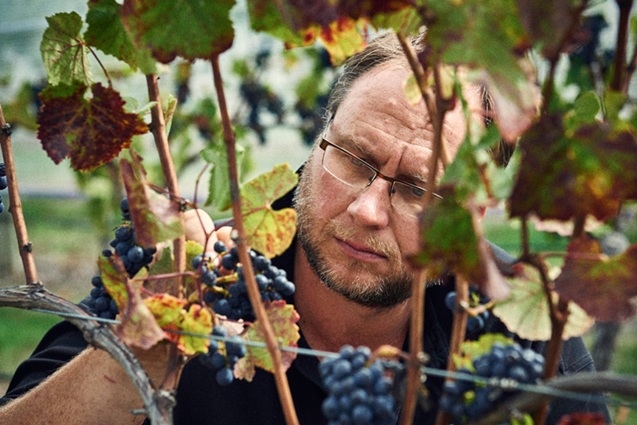
Pinot Noir is your passion?
Matt: “Sauvignon Blanc is about 80% of what we do, but Pinot is my passion. I call myself a Pinot winemaker even though it’s only 20% of what I do. But the really cool thing about the Pinot is that in our winery in Marlborough, there’s only two of us and we do everything. It’s literally small-batch, handcrafted winemaking. I tell people that I blend the wines and I fill the barrels and empty the barrels and do whatever. Then they come and visit us and they actually see me doing it and they’re like, ‘Oh, we thought you were telling us a story but you actually are doing it’. Yeah, I live in steel cap boots, shorts and rugby shirts 99% of the year because that’s my work here. I’m constantly in the cellar and I’m always wet and dirty, I’m covered in wine.”
'I’m always wet and dirty'What’s your overall winemaking philosophy?
Matt: “Do it in the vineyard. I think 80 to 85% of great wine is made in the vineyard. I think the viticultural vineyard team are well and truly the unsung heroes in creating great wine.
“In my experience, the more you do in the vineyard, the better. If your vineyard production costs are higher than the district average in a good year, then your winemaking costs will be significantly less than the district average that same year, and you will end up with a better product because you’re doing less to the wine in the winery either via mechanical intervention, addition or subtraction intervention or chemistry.
“A great winemaker, to my mind, is about crafting, softening, blending, taking the rough shoulders off, smoothing it out - by just embracing what’s already there and making it slightly more harmonious.
“If your equilibrium is right in the vineyard, it’s very hard to make bad wine.
“Even in the worst vintages, if you have some of the best vineyard material coming in, your wines will stand out as being some of the best, if not the best from that vintage…
“My winemaking philosophy is that I would rather spend the time and effort in the vineyard and see the rewards in the winery.”
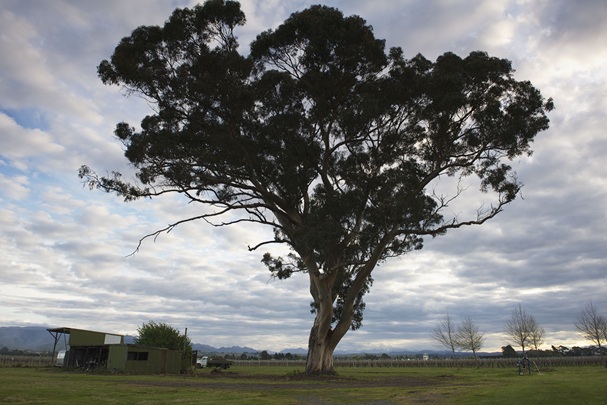
Is the vineyard farmed sustainably?
Matt: “We were one of the first in New Zealand to sign up for Sustainable Winegrowing. It’s now a government stipulation: if you’re not sustainably accredited, you cannot export wine out of New Zealand.
“So, it’s madness if you’re not. And essentially, sustainable wine-growing is simply taking something and returning it to the next generation in better condition than we’ve inherited it. It’s managing your outputs, making sure that what you do is environmentally conscious, and that you are using just enough to achieve what you need to and be financially viable, but not artificially boosting things to make it a non-sustainable process.
“All our marc, all our skins and pips and everything that’s pressed out, we spread back into the vineyard. That’s our nitrogen and potassium replacement. We then don’t have to bring in chemical nitrogen and potassium because we’re feeding the vines with their fruit back to themselves.
“Used glass bottles are crushed and distributed back underneath the vines like glass sand. It acts as a weed suppressant and reflects light and heat back up into the vines to extend the ripening hours on each day. Some also gets mixed with the mulch so when they’re going through and they’re agitating or mulching the inter-row sward, they will put that into it and that creates soil that breathes a little better and reduces compaction from tractor work.
“Cardboard and everything are recycled.”
Were the grapes for this 2014 wine sustainable?
Matt: “Yes. Jackson Estate was the sixth wine company in New Zealand to be accredited sustainable. I think we were accredited sustainable in 2001.”
Has the winemaking changed much since 2014?
Matt: “It has changed but it’s not changed a lot because the thing about winemaking is that if you do want to make changes, you can only make small changes and then you’ve got to wait for quite a period – two or three years – to actually see the result of that change. And you can really only make one change at a time, otherwise you have no idea which change had the effect. So, we have and we haven’t changed things.
“I’ve always had in my mind the direction I’ve wanted to go. I don’t ever work to a winemaking plan. Every decision that I make is not based on chemistry, it’s not based on numbers – it’s based on what I’m seeing and tasting and smelling and my gut instinct. So, I write a plan for vintage at the start of the year – a month out of vintage – every single year. But I never follow it: first day of vintage, it goes out the window.
“A lot of it is just experience. It feels right. Sometimes you get it wrong, but not very often. It’s taken me 20 years to learn how every single row within the vineyard is going to do.
“But, to answer your question, you can’t really make huge changes.”
Is it a New Zealand-style Pinot or international or slightly Burgundian? What are you aiming for?
Matt: “Well, it’s definitely made in an Old-World style. It’s Old-World winemaking techniques. But it’s made with New World, cool-climate fruit. So, it has a zestier acidity and different aromatic profile.
“It is something that really makes it pop in the glass through having that acid backbone. I think that anyone that aspires to be one of the best producers of Pinot in New Zealand understands that the home of Pinot is France. But we are also our own winegrowing region. And whilst many of the techniques that we use might come from France, most of them have been modified to suit New Zealand. And most of the really good Pinot producers will recognise the fact that Burgundy is the home of Pinot, but we also make Burgundy that rivals Burgundy, and generally we can do it at a lower price point, and we can do it in a more consistent manner that will produce something that is great value for money in the glass and won’t be repeated year after year because it’s not recipe-winemaking – it’s something that you know is going to be good value for money, a great wine, and you’re going to enjoy drinking it for three, four, five, six years. Each one’s a bit different but there’s a quality consistency. Quality consistency, I think, is a big part of what we provide.”
How do you sum up this wine?
Matt: “I think it’s one of our top Pinots. It really represents a lot of what Jackson Estate is. It takes time to produce something fantastic. It’s handcrafted, comes from some of the best vineyards, it’s very carefully made, very low crop. Low and slow – we take our time making it.”
2014 Gum Emperor Single Vineyard Pinot Noir
Alcohol: 12.5%Titratable Acidity: 5.7 g/L
Residual Sugar: <1g/L
pH: 3.45

 English
English French
French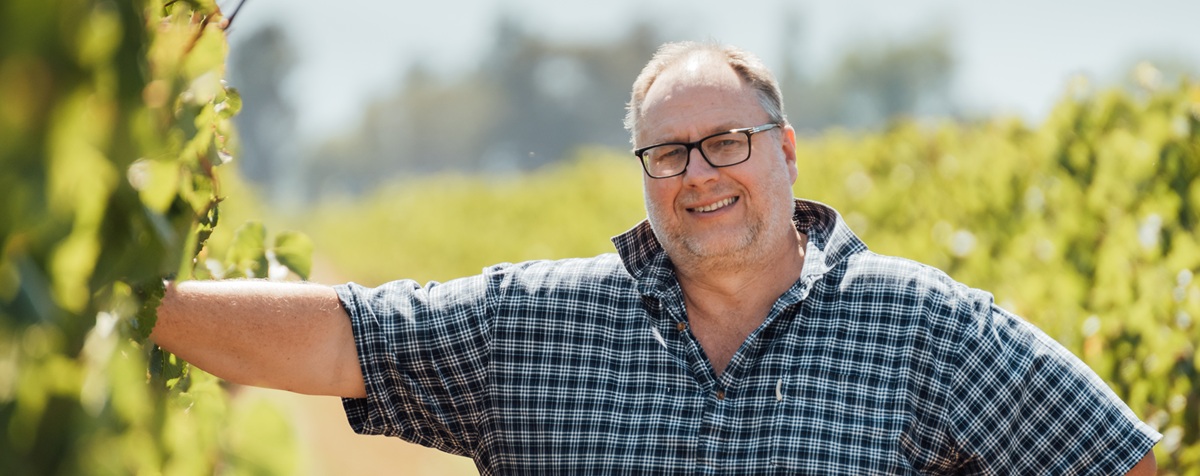

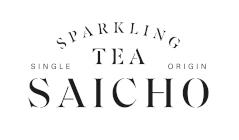




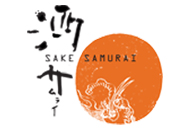
.png)


